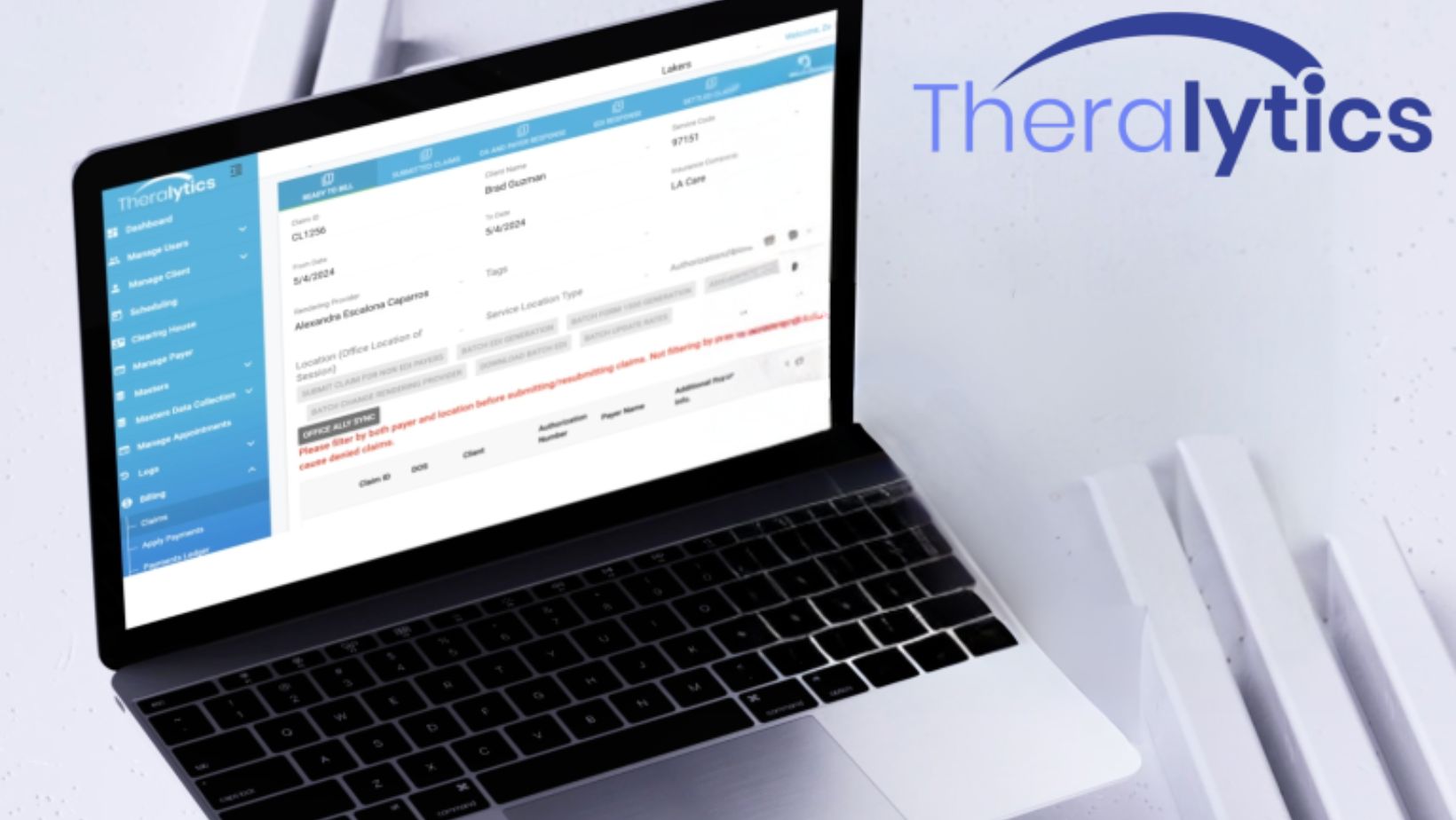Choosing the best ABA practice management software for small clinics can significantly enhance operational efficiency and improve service delivery. By selecting a management softwares clinics can streamline billing, scheduling, data collection, and reporting, leading to better management of time and resources. These features are critical for the unique needs of smaller clinics where resource optimization is paramount.
Many solutions such as software for ABA practice like Theralytics offer comprehensive features tailored to the needs of small clinics, which include intuitive interfaces, customizable reporting, and excellent customer support. The key to selecting the right software lies in evaluating these features and ensuring they align with the clinic’s operational goals. Identifying an option that offers both ease of use and robust capabilities is vital.
Support, training, and resources available to clinicians are also crucial. These elements not only facilitate a seamless transition but also enhance the provider’s ability to efficiently manage their practice. Clinicians should prioritize software that comes with ample training and readily available support to maximize utilization.
Key Takeaways
- Choose software with features that suit operational goals.
- Ensure it offers robust support and training.
- Focus on ease of use and efficiency.
Evaluating Key Features of ABA Practice Management Software
Selecting a practice management software for ABA clinics involves understanding essential features, adapting to specific needs, and ensuring seamless integration. Key areas include user-friendly interfaces and robust functionalities. This exploration can guide in aligning software capabilities with clinic requirements.
Essential Software Components
ABA practice management software should offer core features that streamline clinic operations. Scheduling and billing functions are crucial, facilitating efficient appointment management and precise financial transactions. Electronic health records (EHR) or electronic medical records (EMR) systems are vital for maintaining compliant and organized patient data.

Mobile access is another key factor, allowing therapists and staff to update records or access information remotely. This functionality improves the flexibility and responsiveness of the clinic. A user-friendly interface is essential for minimizing staff training time and maximizing productivity.
Tailoring to ABA Specific Needs
Software for ABA practices must cater to the unique demands of the field. This includes advanced data collection and analysis tools for developing and monitoring treatment plans. Customizable data collection options enable precise documentation tailored to different clients.
Progress tracking and graphing features are indispensable, as they provide visual representations of client development over time. Treatment plans need to be easily adaptable, allowing practitioners to modify strategies based on real-time data. Additionally, the system should support compliance and security standards, ensuring patient confidentiality and data protection.
Integration and Interoperability
Efficient integration with existing systems is crucial for a smooth workflow. The software should allow interoperability with other platforms used in the clinic, such as telehealth tools or billing applications. This includes handling insurance claims accurately and efficiently, which can streamline the revenue cycle.

A robust mobile app can enhance software functionality by offering on-the-go access and ensuring continuity between in-office and remote sessions. Integration also aids in client management by providing comprehensive insights across different systems. Effective practice management software should bridge gaps between varied applications, creating a cohesive operational environment for the clinic.
Support, Training, and Resources for Clinicians
When selecting an ABA practice management solution, it’s vital to consider the provider’s customer support and training options. These aspects ensure efficient software usage and long-term satisfaction with the chosen platform.
Customer Support and Training
Effective customer support and thorough training are pillars for the successful adoption of any practice management solution. Clinics must evaluate how promptly and effectively providers like CentralReach and ClinicSource respond to queries and issues.
Prompt, 24/7 support through various channels, including phone, email, and live chat, can significantly reduce downtime. Comprehensive training programs that offer webinars, workshops, and detailed documentation are essential. These can empower clinicians to make full use of the software’s features, ultimately enhancing operational efficiency.
Evaluating Software Providers
Assessing software providers involves examining resource availability and reliability. Clinics should pay attention to verified user reviews on platforms like Capterra to gather insights into real-world experiences. Looking into providers with a history of consistent updates and strong support networks is crucial.
Independent research into providers, including user testimonials and third-party evaluations, helps in understanding long-term reliability. By aligning these evaluations with clinic-specific needs, clinics take a critical step toward selecting a suitable ABA practice management solution that supports both current and future requirements.
Conclusion
Selecting the ideal ABA practice management software demands careful consideration of various factors. Small clinics benefit significantly from software that enhances efficiency and improves client care. Essential features to consider include user-friendliness, integration capabilities, and comprehensive reporting tools.
Evaluating the specific needs of the clinic ensures the chosen software aligns with organizational goals and day-to-day operations. By thoughtfully assessing options, clinics can implement a system that supports growth and operational success.
